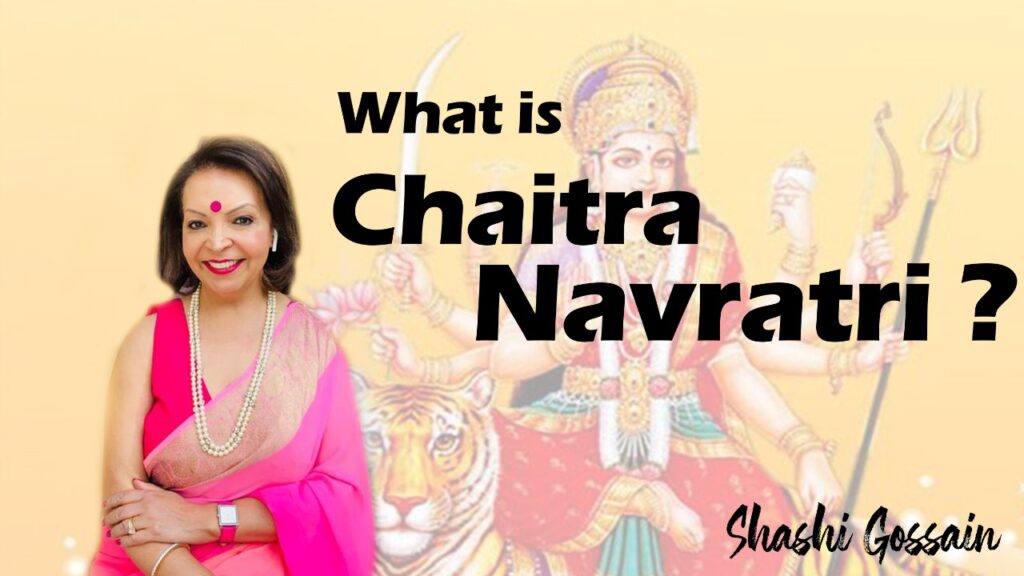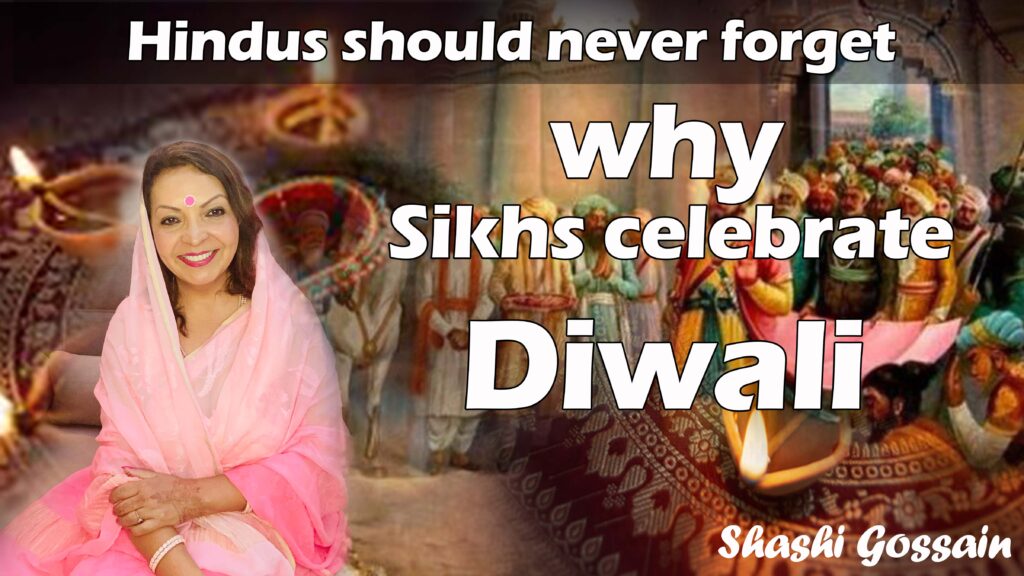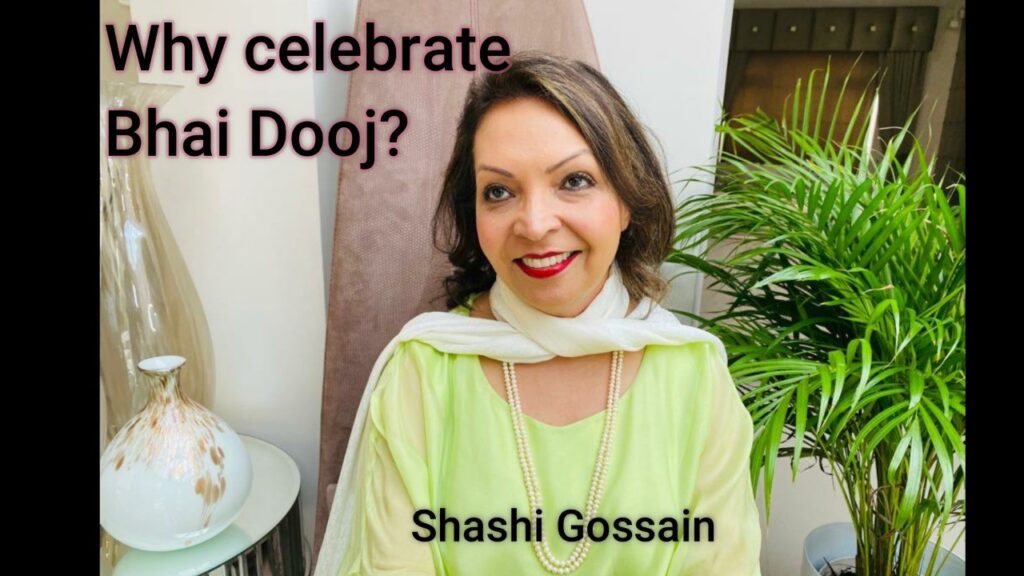India is a land of Festivals. Hinduism dates more than 5,000 years, with ancient scriptures that show us the meaning of life and how to live in society & the code of principles. Hinduism is not only a way of worship but it is Way of life. Before Chaitra Navratri, let us understand about ‘Chairta’ Month.
What is ‘Chaitra’ month? Is Chaitra month auspicious?
According to Hindu scriptures, Lord Brahma started the creation of the world from the month of Chaitra, which is regarded as the first month of the Hindu calendar. It marks the beginning of the new season when new flowers and fruits start to blossom. Chaitra month fall in March- April, when the Sun starts its journey through the Zodiac cycle. Some people believe that Goddess Durga descended on the first day of Chaitra Navratri and Brahma started the work of creation of the universe at the behest of Mother Durga. Another belief is that Lord Shiva allowed his wife Durga to visit her parent’s house for nine days (Chaitra Navratri). During these nine days, it is said that the Goddess killed demon Mahishasura. This signifies the victory of good over evil. It is customary for Hindu women to visit their parents’ home during this auspicious time.
Chaitra Navratri 2021- 13 April – 22 April
Chaitra Navratri is a grand, auspicious Hindu festival, which is celebrated with great enthusiasm throughout India. The New Year begins with nine days of turning inwards; prayer, meditation, and chanting. Through this, we experience deep relaxation and creativity. Recognizing the divinity in the whole creation, appreciating the nature and beauty around us.
During Navratri, we worship the nine incarnations of Goddess Durga, called Navadurga. Durga mata or Devi represents the omnipresent cosmic Energy, which permeates through the whole Creation. Some devotees fast for the whole period, during which they only eat fresh fruits, milk and water. We believe that Goddess Durga provides us with inner strength, gives us blessings where all our wishes are fulfilled. In the Chaitra Navratri, the Kalash is installed and a flame is lit for nine days.
Rama Navami, the birthday of Lord Rama, usually falls on the ninth day of Chaitra Navaratri and that is why the festival is also known as Ram Navaratri.
The festival honours the nine avatars of Goddess Durga and every day has its own significance & its own auspicious colour, worn as clothing. Offering flowers to the deities during the Puja is considered to be one of the most important rituals, and there is a particular flower associated with each form of the Divine Mother. This makes the colourful spring season all the more fascinating and divine.
Day 1: Devi Shailaputri:
Devi Parvati, the daughter of Himalaya, the King of mountains. She is the divine consciousness that surges from the peak. We pray that we may also attain the highest state of consciousness. Devotees wear yellow, which symbolises joy, happiness and nature and the special flower for offering is Hibiscus.
Day 2: Devi Brahmacharini:
Brahma means divine consciousness and achar refers to behaviour. Brahmacharya is to be established in divine consciousness. This day is especially sacred to meditate and explore our inner divinity. This is the form of Devi Parvati in which she undertook severe penance to have Lord Shiva as Her consort. She blesses her devotees with a long, peaceful and pure life, particularly those who are going through a troubled married life. Devotees wear green & the special flowers are Chrysanthemums.
Day 3: Devi Chandraghata
who has half-moon on her head. Chandraghata is the form that Devi Parvati assumed at the time of Her marriage with Lord Shiva. Chandra means moon, and ghanta means a bell. The moon represents our mind, which keeps moving from one thought to another. The significance is that when our mind is established with Mother Divine, then our inner life force energy gets stabilised leading to peace & harmony. Devotees wear Grey and offer lotus flowers.
Day 4: Devi Kushmanda:
Ku means little, ushma means energy and anda refers to egg. This entire universe which arose from the cosmic egg is manifested from the energy of Devi. By praying to her, we also get blessed with her divine energy, intellect, strength & power. Devotees wear orange, which represents brightness, happiness and energy, & the associated flower is Jasmine.
Day 5: Devi Skandamata:
Mother of Skanda, This is the motherly aspect & affection of Devi Parvati. Worshiping this form of Devi brings abundance of wisdom, wealth, power, prosperity and liberation. The day represents purity and one should wear white colour & yellow flowers offered e.g yellow rose and bananas are offered as bhog.
Day 6: Devi Katyayani:
It is a form who slayed the demon, Mahishasura. She was born from the anger of the gods. She is the anger that arises in creation to restore balance. She is puts an end to all our inner conflicts that are an obstacle on the path of spiritual evolution. Devotees wear red, which represents the anger of the Goddess towards the enemies. The flower for offering is Marigold.
Day 7: Devi Kalaratri:
Mother Nature has two extremes. One is terrifying and devastating. The other is beautiful and serene. Devi Kalaratri is a fierce form of Devi. Kalaratri represents the infinite dark energy that houses innumerable universes. Night is also considered an aspect of Mother Divine as it is night that brings solace, rest and comfort to our souls. By praying to her, we invoke fearlessness & stress-free life. Devotees wear dark blue, representing the immense dark power, and the associated flower is Passiflora or Krishna kamal.
Day 8: Devi Mahagauri:
Devi Mahagauri represents the beautiful and serene aspect of Nature. Goddess Durga took this form after Lord Shiva was pleased by her penance and appeared in front of her. This is when Lord Shiva poured Ganga Jal on the Goddess and her complexion became milky white. She is that energy which propels our lives and also liberates us. Devotees wear pink, which represents hope & self-refinement & the associated flowers are Mogra (Arabian Jasmine).
Day 9: Devi Siddhidatri:
Siddhi means perfection. She brings perfection in life. She makes the impossible, possible. She blesses us with divine knowledge, energy, strength and wisdom. Devotees wear violet, which represents aspiration & power and the flower for offering is Champa. According to Hinduism, our spirit or eternal essence within us has always existed. This is the source of energy of this universe. The prayers, chanting, and meditation performed during Navratri connects us with our spirit, which invokes positive qualities and destroys laziness, pride, obsessions & cravings. The prosperity that we enjoy in our daily lives is a manifestation of Devi. Mother Divine serves us in so many forms: our mother, father, friend, wife, daughter and also our Guru. Through puja we say, “Oh Mother, whatever you give to me I give back to you.” E.g. during the Puja, we offer food grains to Devi as Nature provides us with food. The puja that we perform during the 9 days of Navratri is a way of honouring the Devi and showing our gratitude to the Mother Divine. While attending the puja we give up all our worldly activities for a while and enter into deep meditation. The enlightened ones will realise that “There is Devi energy (Shakti) within all of us. Devi is not somewhere else, not in some other world.”



